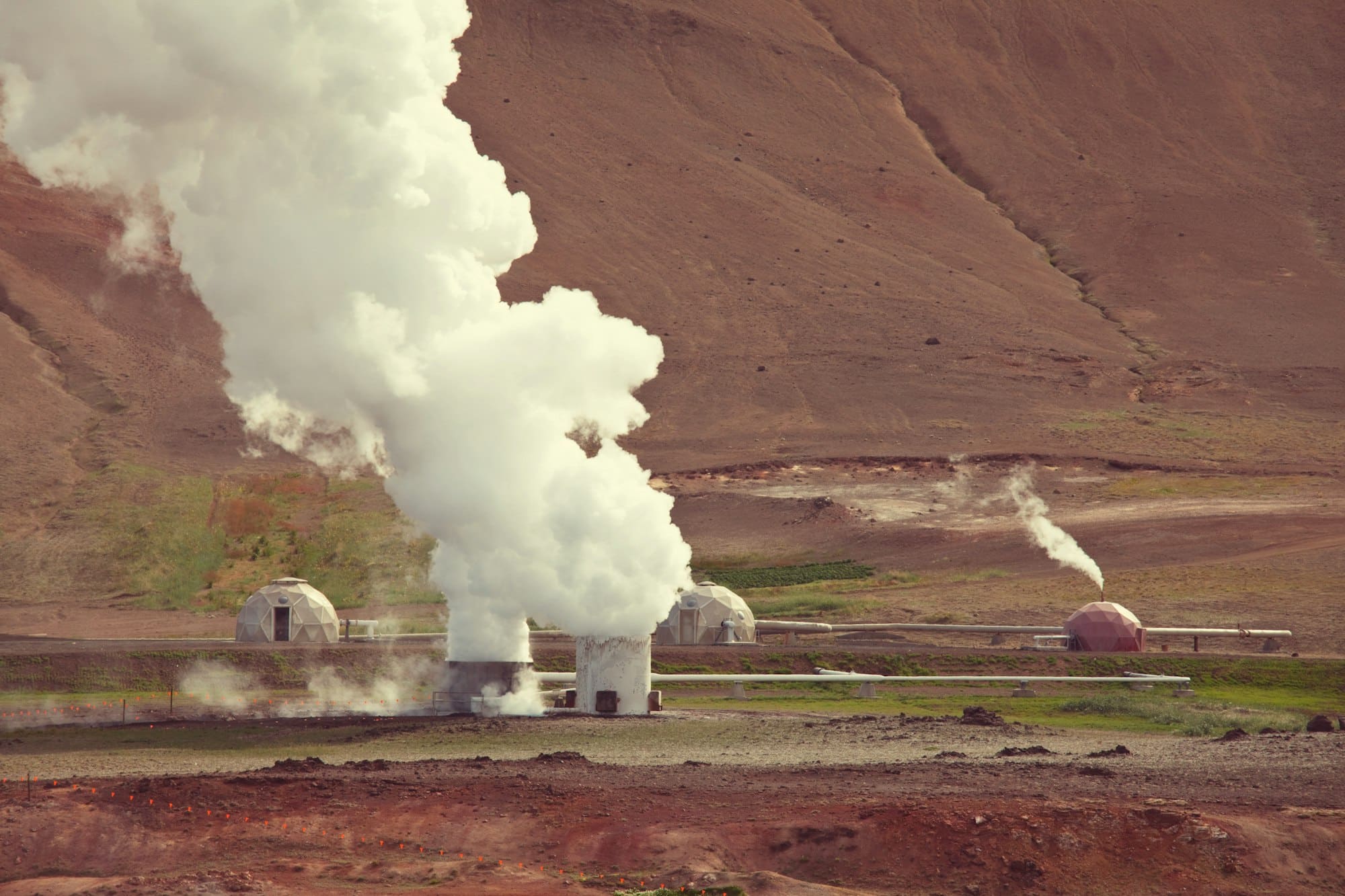What Are the Latest Developments in Geothermal Heating for Residential Buildings?

In the world of home heating and cooling, geothermal energy is becoming an increasingly popular topic. With rising energy costs and growing concerns about the environmental impact of traditional heating and cooling systems, homeowners are looking for more efficient and sustainable options. Geothermal heating systems, which use the stable temperature of the ground to provide heat in the winter and cooling in the summer, offer a compelling solution. In this article, we’ll explore the latest developments in geothermal heating technology for residential buildings, including advances in heat pumps, drilling technology, and system designs.
The Basics: How Geothermal Heating Works
Before we delve into the latest developments, let’s review how geothermal heating systems work. Essentially, a geothermal heat pump system taps into the earth’s consistent temperature below the frost line, which is about 10 feet underground. Here, temperatures remain stable year-round, typically between 50 and 60 degrees Fahrenheit.
A lire également : What Are the Ethical Implications of Investing in Gentrified Neighborhoods?
A geothermal heating system uses a series of underground pipes, called a ground loop, filled with water or an antifreeze solution. During the winter, the liquid absorbs heat from the ground and carries it into the building via a heat pump. In the summer, the process reverses, with the pump moving heat from the building into the ground, thereby cooling the space.
Geothermal systems offer significant energy savings, but the upfront costs for installation, including drilling, can be high. However, several recent advancements are starting to address these challenges.
Lire également : What Are the Best Eco-Friendly Flooring Options for Sustainable Homes?
Advances in Heat Pump Technology
One of the most significant developments in geothermal heating systems has been in heat pump technology. Heat pumps are the heart of a geothermal system, transferring heat from the ground into buildings in the winter, and vice versa during the summer.
Newer models of heat pumps are far more efficient and powerful than their predecessors. They are capable of transferring heat over longer distances, which means they can be used in larger buildings, and they can extract more heat from the ground, even as temperatures drop. This increased efficiency can lead to substantial cost savings over the life of the system.
Moreover, some of the latest heat pump models come with smart technology, allowing homeowners to monitor and adjust their home’s temperature remotely. This kind of automation not only improves comfort levels but also contributes significantly to energy efficiency.
Improvements in Drilling Technology
Another critical area of advancement in geothermal heating systems is drilling technology. The cost and complexity of drilling the necessary boreholes for the ground loop system have traditionally been one of the most significant barriers to wider adoption of geothermal energy.
However, recent innovations in drilling technology have made the process cheaper and less disruptive. The drilling rigs used today are smaller and more efficient, reducing the amount of space needed for installation and the associated costs.
Additionally, advances in drilling techniques have allowed for deeper boreholes, increasing the system’s efficiency by accessing more stable ground temperatures.
Innovative System Designs
The design of geothermal heating systems has also seen significant advancements. Traditional designs relied on horizontal ground loops, which required a large amount of land, making them impractical for many residential properties.
Now, vertical ground loop systems, which require less surface area, are becoming more common. These systems involve drilling deep vertical boreholes, a process made easier by the advances in drilling technology mentioned above.
Moreover, some of the latest designs feature hybrid systems that combine geothermal energy with other renewable sources like solar or wind power. These systems can further reduce dependence on traditional energy sources and lead to even greater cost savings.
Policy Support and Funding for Geothermal Projects
Finally, it’s worth mentioning the growing policy support for geothermal energy and the funding available for geothermal projects. Governments worldwide are recognizing the potential of geothermal heating to reduce carbon emissions and are implementing policies to promote its use.
In the U.S., for instance, the federal government offers tax credits for homeowners who install geothermal heat pumps. Additionally, various states have their own incentives, such as grants, loans, and rebate programs, to encourage the adoption of geothermal systems.
These incentives, combined with the advancements in technology, are making geothermal heating more accessible and affordable for homeowners, leading to its increased adoption in residential buildings.
In conclusion, while geothermal heating systems may still be less common than traditional heating and cooling options, the tides are clearly changing. The latest developments in heat pump technology, drilling techniques, and system design, combined with growing policy support, are making these systems far more accessible and attractive for residential use. As more homeowners recognize the benefits of geothermal heating — from the significant energy savings to the reduced environmental impact — the future of home heating and cooling appears to be decidedly geothermal.
Networked Geothermal Systems and Hybrid Models
A remarkable development in the realm of geothermal heating is the concept of networked geothermal systems. These systems, also known as community or district systems, allow several homes or buildings to share a single geothermal resource. This is particularly beneficial for properties with limited space, as it minimizes the need for drilling individual boreholes for each property. It also significantly reduces the upfront costs associated with installation, thereby making geothermal heating a more accessible option for many homeowners.
In a networked geothermal setup, a central plant houses the geothermal heat pump, which extracts heat from the ground and distributes it to connected buildings via a network of pipes. As this centralized model reduces the need for individual homes to have their own heat pumps, it contributes to further energy savings.
In addition to networked systems, the integration of geothermal heat pumps with other renewable energy sources is a trend that’s picking up steam. Known as hybrid models, these systems combine geothermal energy with solar or wind power to heat and cool homes. During periods of ample sunlight or wind, these renewable energy sources can supplement or even replace the need for geothermal energy, thereby maximizing energy efficiency and minimizing reliance on traditional energy sources.
Geothermal Energy Storage and Hot Water Production
Alongside networked and hybrid systems, geothermal energy storage is another innovative development. This technology allows excess heat collected during the summer months to be stored underground and used during the winter, further improving the efficiency of a geothermal heating cooling system. The stored heat can also be used to generate hot water, offering a comprehensive solution for a home’s energy needs.
Hot water production using geothermal energy presents a dual-use opportunity, providing both space heating and domestic hot water. A ground source heat pump can be used to heat water for use in showers, washing machines, and dishwashers, further reducing a household’s reliance on traditional energy sources.
The ability of a geothermal system to provide both space heating and hot water makes it a truly versatile solution, further enhancing its appeal for residential buildings.
Conclusion
In conclusion, the future of heating and cooling in residential buildings is looking increasingly geothermal. With advances in heat pump technology, improved drilling techniques, innovative system designs like networked and hybrid models, and the ability to store geothermal energy and produce hot water, these systems are becoming more efficient, versatile, and accessible.
Government policy support, coupled with funding opportunities for geothermal projects, is further boosting the adoption of these systems. It’s clear that the substantial energy savings, reduced environmental impact, and the versatility of geothermal heating make it an attractive choice for homeowners.
While the initial installation cost may still be a hurdle for some, the long-term benefits and cost savings offered by a geothermal system make it a worthy investment. As more homeowners and governments recognize these benefits, the shift towards geothermal energy in residential buildings continues to gain momentum. The potential of geothermal resources is immense, and with continued technological advancements, it’s a potential we’ve only just begun to tap into.
